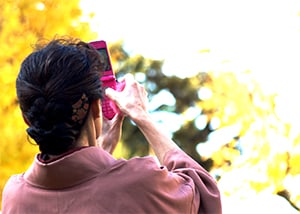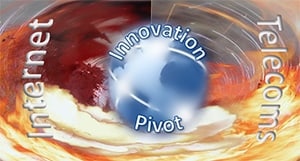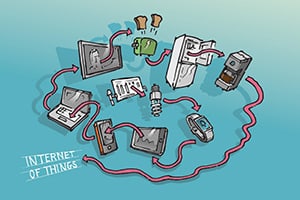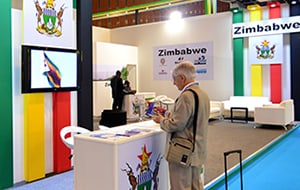HAIYAN (YOLANDA) became an Extremely Catastrophic Super Typhoon and is considered to be the most powerful of all Super Typhoons in 2013, devastating the Central Philippines in the area of Leyte, Samar Provinces, Northern Cebu, Coron Palawan, Ormoc and the whole of Central Visayas. The super typhoon first made landfall at Northern Leyte early on the morning of Friday, November 08.
Thousands are reported dead from several islands at the time of writing this, with millions more left terrified as monster winds tore roofs off buildings and houses, and giant waves washed away flimsy houses and shoreline structures.
One thing that empowers communities in dealing with disasters like Typhoon Yolanda is technology. The Philippines’ disaster preparedness, awareness, rescue, recovery and response have received a technological boost through Tudlo. Tudlo provides a state-of-the-art web and mobile application designed to be used on most commercially available smart phones, tablets and PCs. Tudlo provides reliable mobile and web service which enables users to display up-to-date and customized information on the status of every life event reported, such as disaster and emergency situations.
The name Tudlo comes from the Visayan word for “to teach,” “to point” and “to guide” – and it does all that in responding to disasters. Before the typhoon came, it served as a “disaster dictionary,” a mobile guide teaching people how to respond to different hazards. Tudlo then pointed people to where they could evacuate to safely, and then guided them during rescue and reconstruction.
Although Tudlo has been successful in informing people of each event, there is a room for improvement. Important information based on people’s feedback focused on the need to stabilize the region during the critical days after the disaster, by offering comprehensive information on the need for rescue, food, medicine, water, shelter and above all, the psychological and mental healing. Keeping in mind these valuable suggestions, the next release will have more rich content and an easy login from social networks.


















